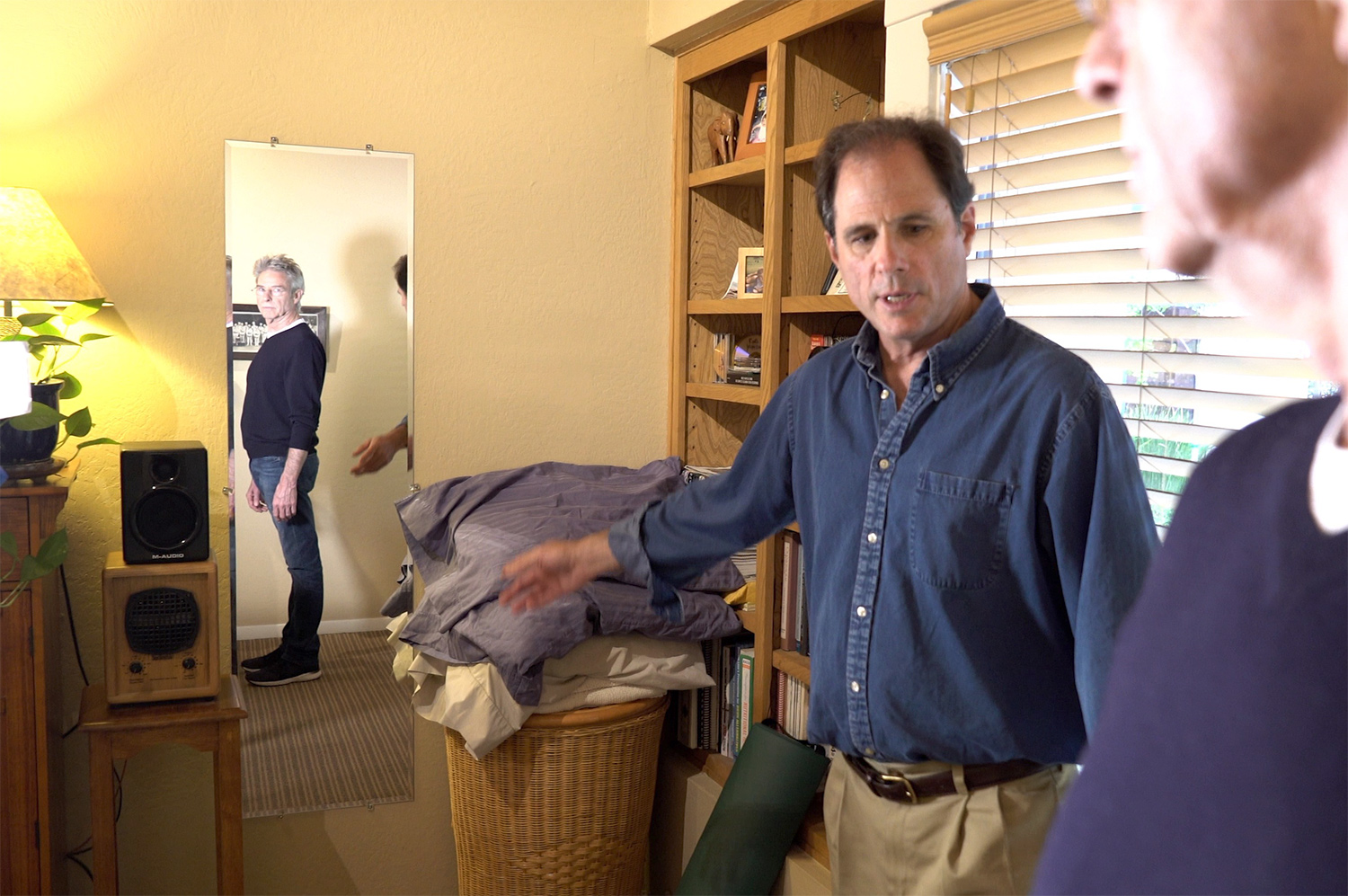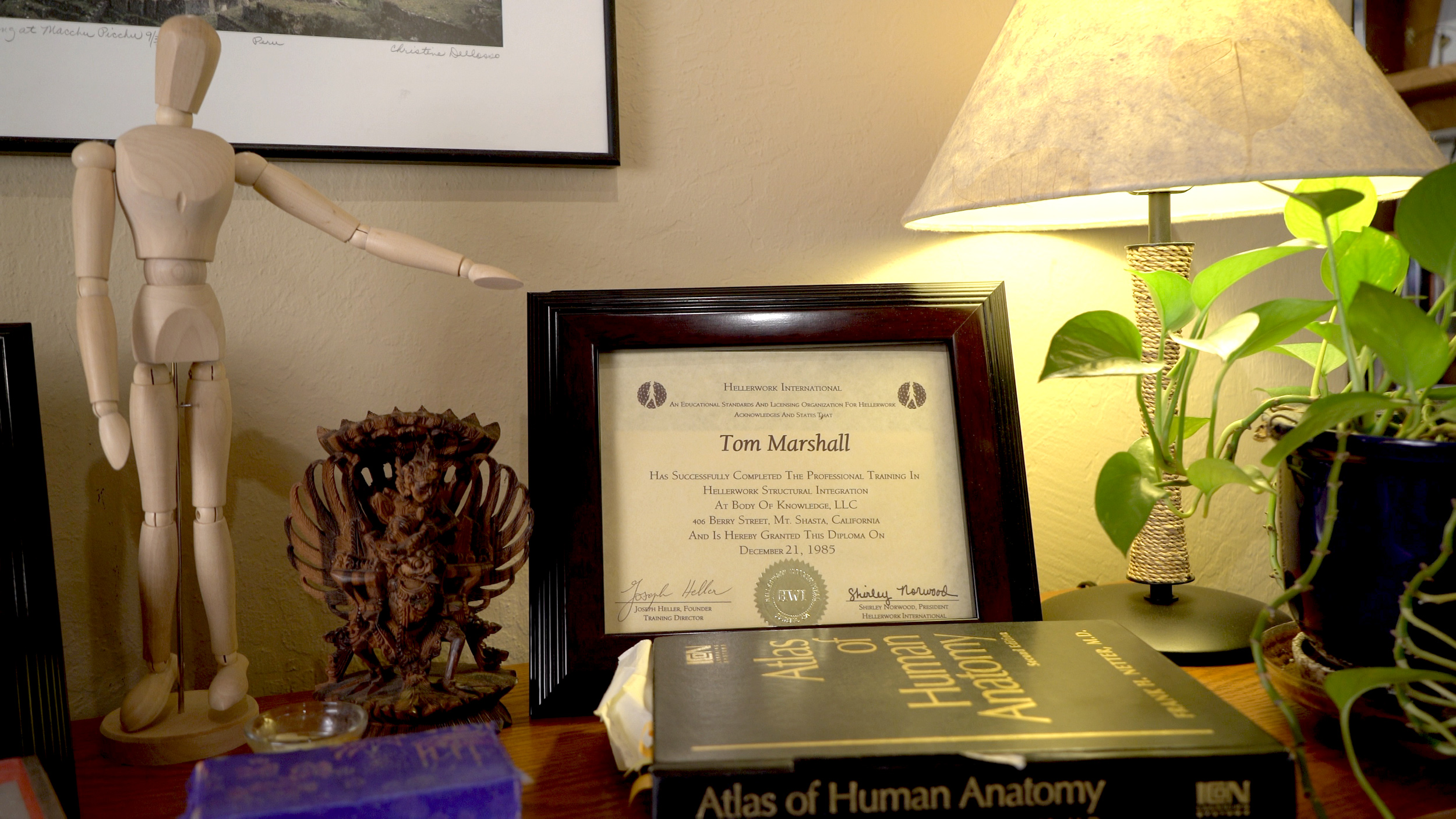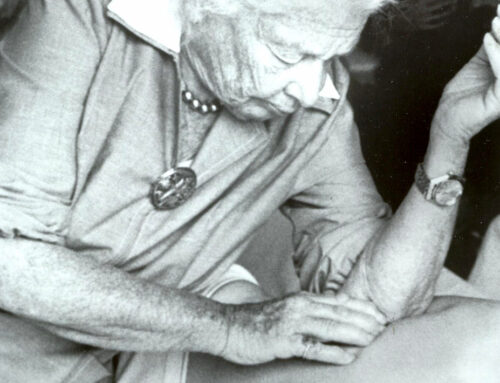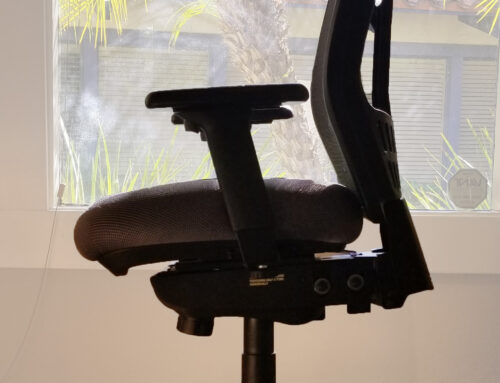Belly-Breathing?
These are indeed challenging times we are living in. How can we rise to the occasion so we can think more clearly and creatively to help ourselves, our family and friends and to be more kind to others in our community? I always tell my clients that our first line of defense and offense is to Belly-breathe. First, we have to become aware of how we react to adversity and crisis in our lives.
What do depression, anger, grief, sadness, stress, anxiety… have in common? Yes, they are all emotional states and they all effect our breathing. At the same time we are experiencing these emotional states we are usually thinking and worrying. When you worry your brain is going a thousand miles an hour (technically much faster) reacting to your current emotional state of affairs. You are lost in your thoughts (brain), worries, and concerns and not paying attention to what is going on in your body. What is happening to your breathing, where are you holding all this tension? One of the ways your body and mind release this escalating storm of emotions, tension and mental activity is to cry. What do we hear when a child (and yes, sometimes your inner child) cries, after shaking and trembling until they can no longer hold it in? A huge gasp of air as they inhale as they release the tension in their belly. Then the Boo hoo hoo as the stomach releases and the diaphragm is free to start moving up and down again as their breathing starts to return to normal. Which means letting go of tension and stress in the belly on the inhale and relaxing throughout the body on the exhale. And for a child (ok, and your inner child too) it sure helps to have the comforting embrace of a loved one.
So now you are thinking “That’s great. This Hellerwork guy wants me to cry my way through the pandemic!” While for some of us, our family or neighbors or people we hear about in the news, things are bad enough to bring us to tears and are truly heartbreaking. At other times we have to be centered to take care of ourselves, and our loved ones or to just be able to give a break to someone we don’t agree with. When you are good at belly breathing you become better at taking a pause for a belly breath to relax and let go before we react to an emotionally charged situation. With letting go on the inhale and relaxing on the exhale you create time for yourself or others you are interacting with.
Why is it so difficult for some of us to just start belly-breathing? Culturally we have been conditioned to hold our tummy’s in, “don’t let that belly stick out” and the worship of 6-pack abs… Don’t get me wrong, I’m not against strength, but it has to be balanced with flexibility and freedom of movement and of course the ability to let go into a belly breath. Bottom line: even for people that are in great shape, it can be difficult to let go of a lifetime of habits and cultural conditioning to relax into a Belly-breath.
So what is the the answer? Learning how to do Relaxed Belly Breathing. Not that we will be breathing perfectly relaxed for the rest of our life, but being good at returning Relaxed Belly Breathing when we are emotional or under stress (getting our buttons pushed) can be a life changing skill. Belly breathing can help us manage stress and various emotional states as well as improve our performance when the pressure is on at work, play or coping with the the “new normal” during Covid-19.
If you are having trouble with Belly Breathing now is the time to book a free consultation with Tom.
Contact Tom
Find out how Hellerwork can help you achieve better health, comfort, and performance.









